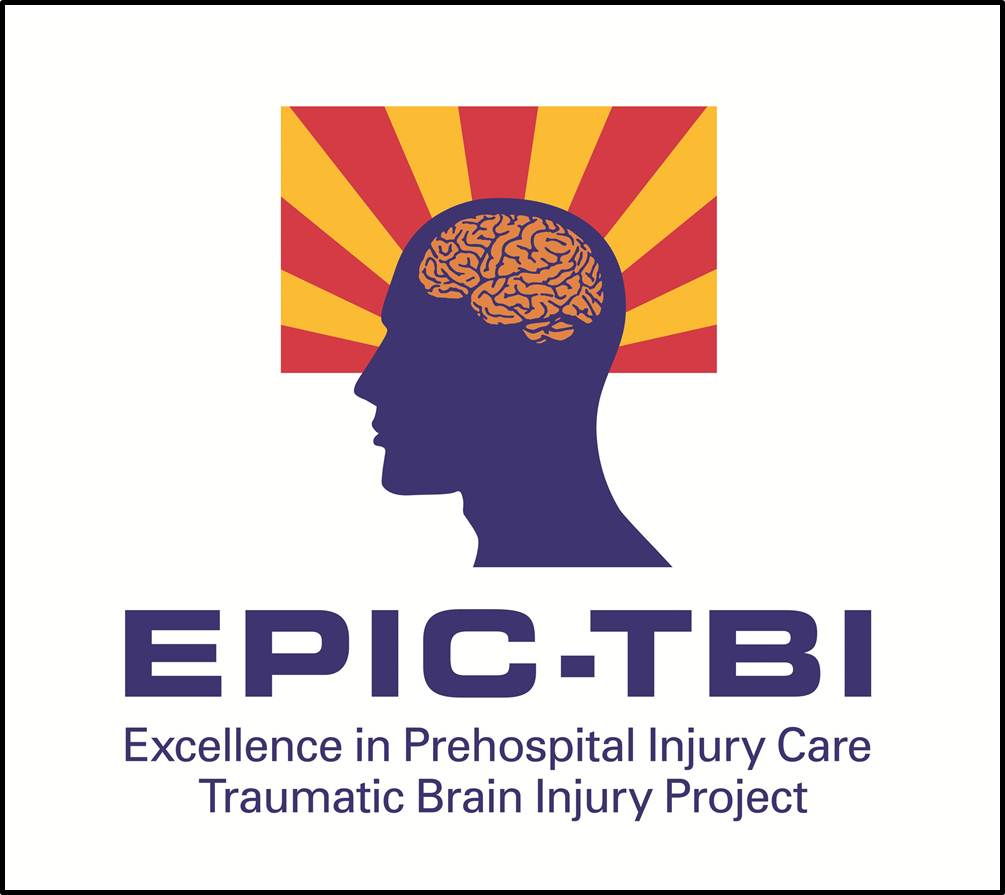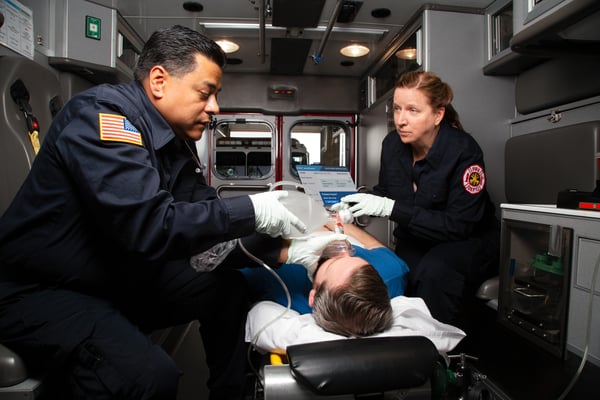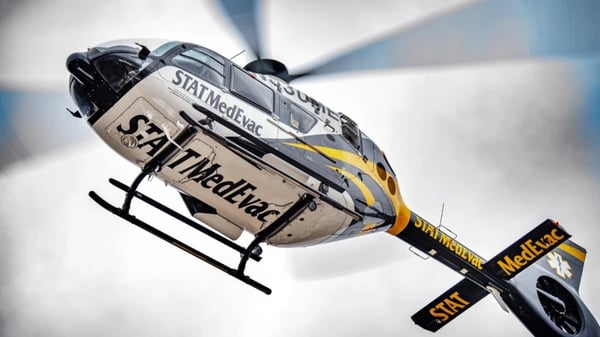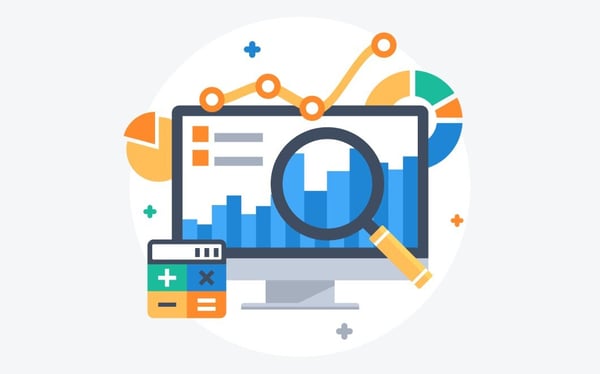News Alert: New ePCR Integration Simplifies EMS Data Management and Enables Better Care Coordination
How Your EKG Monitor Can Help Improve Outcomes in TBI Patients
Craziness you say – EKG monitors are for, you know, cardiac stuff
Was this information valuable?

Craziness you say – EKG monitors are for, you know, cardiac stuff. How in the world can it be used to help TBI patients? Before we get there, a little background. TBI is a leading cause of death in the United States. 5.3 million Americans require long-term assistance with daily activities due to TBI with a direct cost of $60 billion/year. In Arizona we are making an extensive effort to reduce these effects. The Arizona EPIC Project (Excellence in Pre-Hospital Injury Care) is an initiative, funded by the NIH, to implement the latest Brain Trauma Foundation (BTF) guidelines statewide and measure the outcomes. This is a joint effort between EMS Agencies, the Arizona Department of Health Services, and the University of Arizona.
The main focus of the BTF guidelines are prevention and treatment of what we have coined as The H-Bombs:
- Hypoxia
- Hypotension
- Hyperventilation
All three dramatically affect cerebral oxygenation. In fact, if a TBI patient has just one instance of any of the three – independent of any other factors – it DOUBLES the patients mortality – doubles it. One can only imagine how repeat or simultaneous occurrences increase mortality.
EMS Providers Can Have a Major Impact on TBI Outcomes
It’s helpful to understand TBI’s by breaking them down into Primary and Secondary brain injuries. The primary brain injury is the damage that occurs at the moment of impact. There are currently no treatments to reduce the effects of the primary injury. The secondary injury is caused by systemic hypoxia and/or poor CNS blood flow. This is where EMS providers can have a major impact on TBI outcomes. We are finding that the care given to a TBI patient in the first moments after the injury may be the most important factor on the patient’s outcome. EMS providers need to do everything they can to prevent the secondary injury. The care that we provide (or don’t provide) can make the secondary injury much worse. In fact, we can take a minor to moderate primary injury and turn it into a severe TBI.
A patient walking and talking on the scene can end up in a nursing home for the rest of their lives by not avoiding the H-Bombs!
How do you know if your patient has a TBI? In the field, there is no way to accurately diagnose this. It’s not that we are ignorant or untrained, we simply don’t have the diagnostic tools necessary – CT scanners don’t fit on fire trucks or ambulances. Many patients that we think have a serious TBI in the field end up just being really drunk with a bump on their head. Conversely, those we don’t think have any chance of a TBI end up with significant injuries. Treat any patient as if they have a TBI that is involved in any trauma, AND has had a positive loss of consciousness or is now altered (GCS < 14). We have to assume the worst until proven otherwise. The bad thing is the proof can’t happen until they arrive at the trauma center. If we wait for a TBI diagnosis – the damage will already be done!
Here’s a scenario: you are caring for a patient involved in a motor vehicle accident. Bystanders say that when they got to the car they could not arouse the patient for several minutes. When you approach the patient, they are alert and answer your questions quickly and appropriately. TBI patient? (YES! – until proven otherwise)
How Can You Use Your EKG Monitor to Help this Patient?
By using it to closely monitor SPO2, Blood Pressure, and ETCO2. By doing this, you can prevent or immediately correct the H-Bombs! Most cardiac monitors are now equipped with SPO2, Automatic Blood Pressure, and ETCO2. Identify negative trends and act. This requires more concentrated monitoring than we are use to. Remember – one occurrence of any of these doubles the patient’s chance of dying – doubles it.
The effects of the H-Bombs are so bad we need to use all the tools in our toolbox to avoid them. So, talk to your crew and rehearse for your next TBI patient. Have someone on the crew identify and announce, “This is a TBI patient”. Park your cardiac monitor front and center on your TBI calls so all providers can see it and make someone on the crew responsible for close monitoring of the H-Bombs. Prevent and treat Hypoxia, Hypotension, and Hyperventilation – your patients will thank you!
Stay tuned! We’ve barely scratched the surface! Upcoming blogs will go more in to depth on how Hypoxia, Hypotension, and Hyperventilation harm your TBI patients and techniques to minimize their disastrous effects. For more information and citations go to the Arizona EPIC Project website: www.EPIC.Arizona.edu
Related Posts
How STAT MedEvac Connected Device, Software, and Data Technology To Enhance QA and Elevate Care
Podcast: 4 Ways ePCR Software Can Relieve EMS’ Biggest Headaches
ZOLL Pulse Blog
Subscribe to our blog and receive quality content that makes your job as an EMS & fire, hospital, or AR professional easier.
ZOLL Pulse Blog
Subscribe to our blog and receive quality content that makes your job as an EMS, fire, hospital, or AR professional easier.




